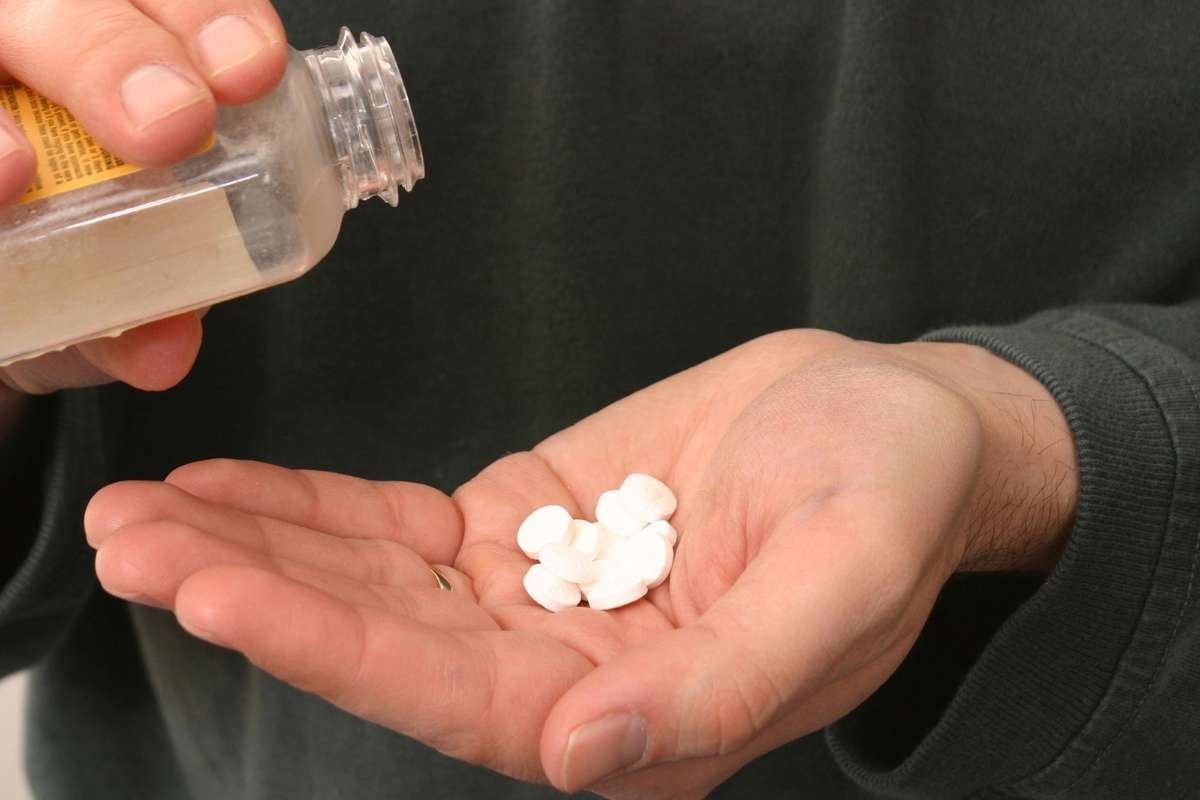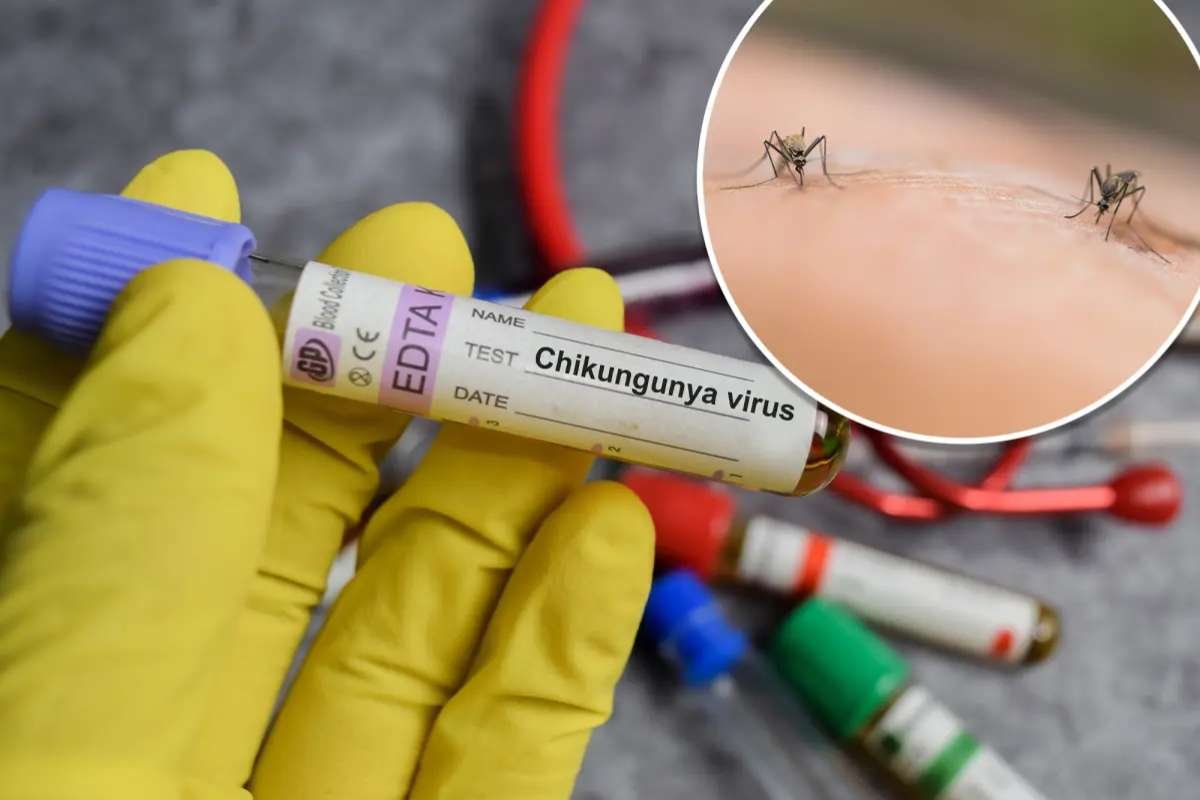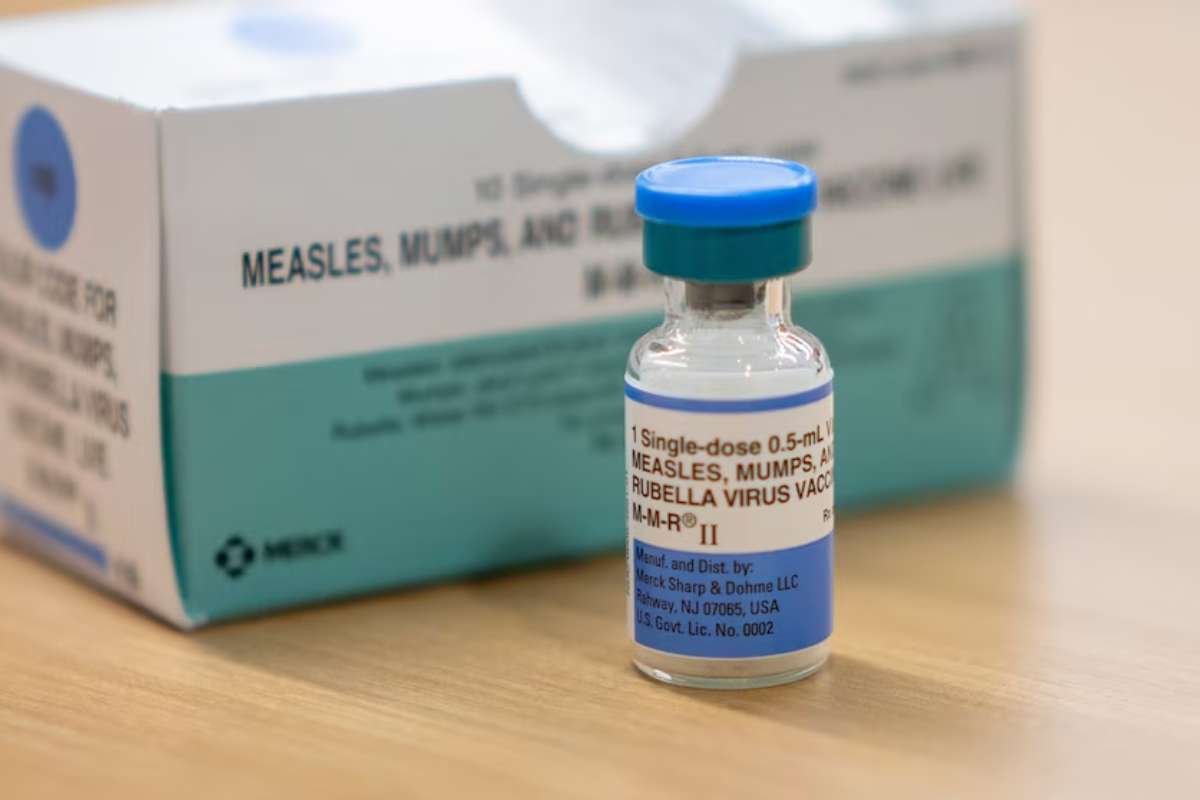Breakthrough Research on Hutchinson-Gilford Progeria Syndrome
A discovery led by researchers at the University of Maryland could pave the way for innovative treatments for Hutchinson-Gilford Progeria Syndrome (HGPS), a rare genetic disorder that causes rapid aging in children. The disorder, which drastically reduces life expectancy to between 6 and 20 years, is known for causing cardiovascular complications that lead to early heart failure and stroke. Published in Aging Cell on October 18, 2024, the study sheds light on a protein that could be crucial in improving cardiovascular health for those suffering from HGPS.
The research, conducted in collaboration with scientists from the National Institutes of Health (NIH) and Duke University, offers promising insights into how the protein Angiopoietin-2 (Ang2) could potentially restore the health of endothelial cells. These cells line the heart and blood vessels, playing a key role in vascular health. Lead researcher, Kan Cao, professor of Cell Biology and Molecular Genetics at UMD, believes that this breakthrough could lead to significant advances in treatment for cardiovascular diseases in children affected by progeria. Ph.D. student Sahar Vakili, who co-authored the study, described the findings as “highly promising” and noted that the research holds the potential to target the leading cause of mortality in progeria patients.
Angiopoietin-2: A Potential Therapeutic Agent
HGPS, often referred to as “Benjamin Button disease” due to its association with symptoms of accelerated aging, causes various health problems such as skin wrinkling, joint stiffness, and cardiovascular complications. The condition is linked to a mutation in the LMNA (lamin A) gene, which normally helps maintain cell structure. One of the most severe aspects of HGPS is the impact it has on the cardiovascular system, leading to increased risks of heart disease and stroke.
The research team focused on endothelial cells, which line the vascular system and control the flow of substances into and out of the bloodstream. In HGPS, these cells become dysfunctional, leading to cardiovascular diseases. For the first time, the team discovered that Angiopoietin-2, a protein that regulates the formation of blood vessels, is significantly impaired in individuals with progeria. The study showed that treating the cells with Ang2 can “rescue” their function, improving the formation of blood vessels, enhancing cell migration, and restoring nitric oxide levels essential for a healthy vascular system.
“This discovery of Ang2’s ability to improve signaling to vascular smooth muscle cells suggests it could be a valuable therapeutic target for addressing vascular dysfunctions in progeria,” said Vakili. The treatment offers a new direction in managing cardiovascular diseases, potentially extending the lives of affected children.
Future Research Aimed at Broader Applications
While existing treatments for HGPS help reduce the risk of fatal heart attacks and strokes, they do not address the underlying causes of the disease. Cao, who has studied progeria since 2005, believes that although Ang2 might not provide a complete cure, it could significantly improve the quality of life for patients by targeting cardiovascular diseases. She also notes that Ang2 could have broader beneficial effects on other tissues, such as bones and fat, as blood vessels play a crucial role in transporting essential nutrients and oxygen throughout the body.
As a next step, Cao’s team plans to collaborate with researchers at the NIH to explore different methods of administering Ang2 in animal models of progeria. The hope is that these follow-up studies will bring researchers even closer to finding a cure. “We are pushing hard in the research field, and we are getting really close to a cure for progeria,” said Cao optimistically.
The collaborative nature of the study, involving researchers from the University of Maryland, NIH, and Duke University, reflects a growing commitment to understanding and treating rare diseases like HGPS. As the research progresses, it offers new hope for children suffering from this devastating disorder and brings scientists closer to developing more effective treatments.







